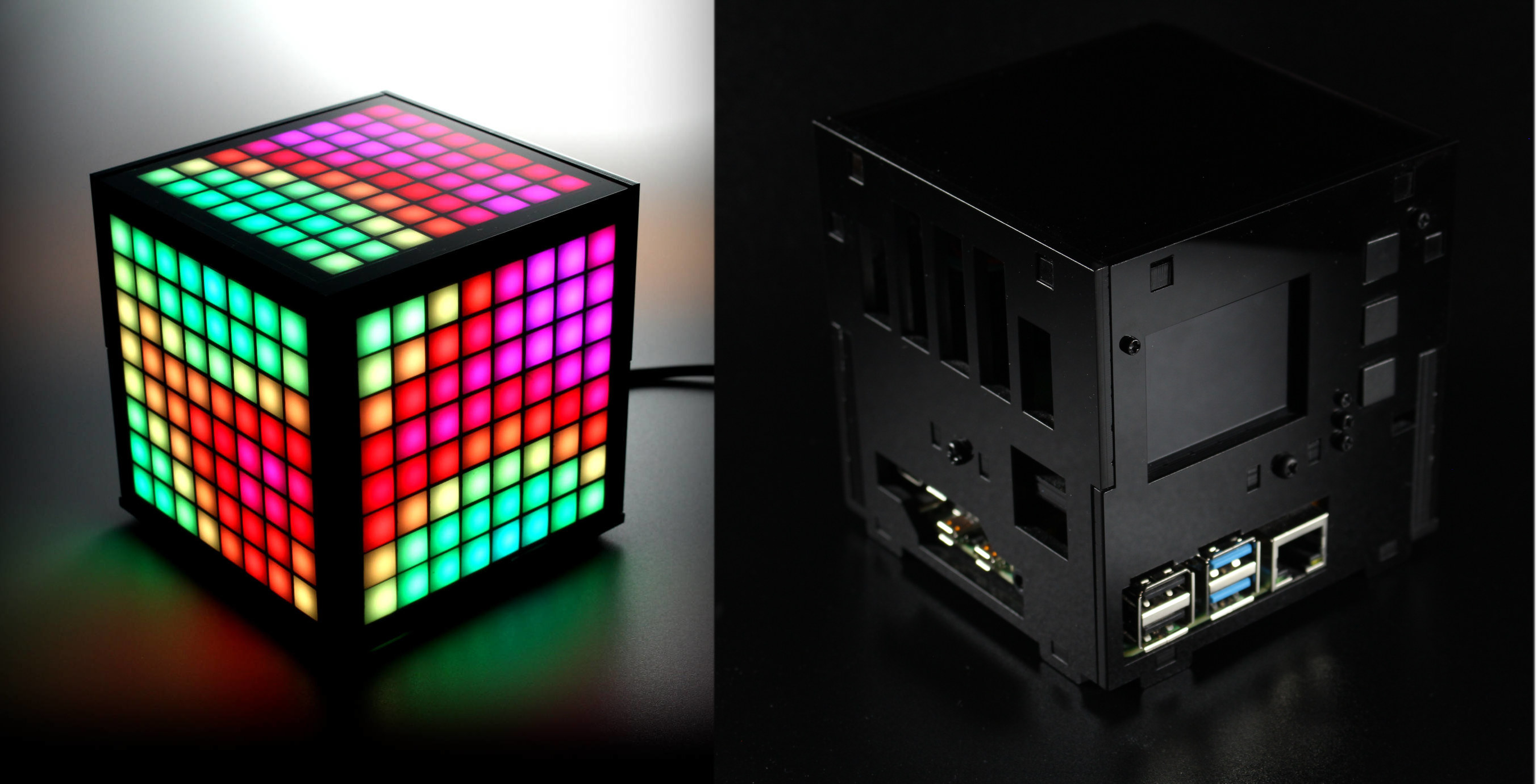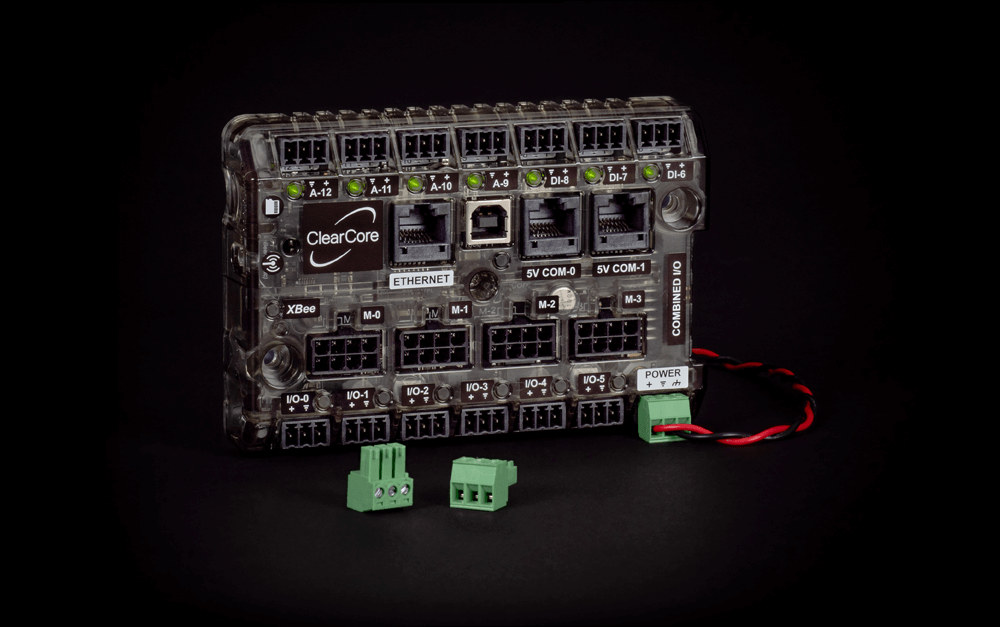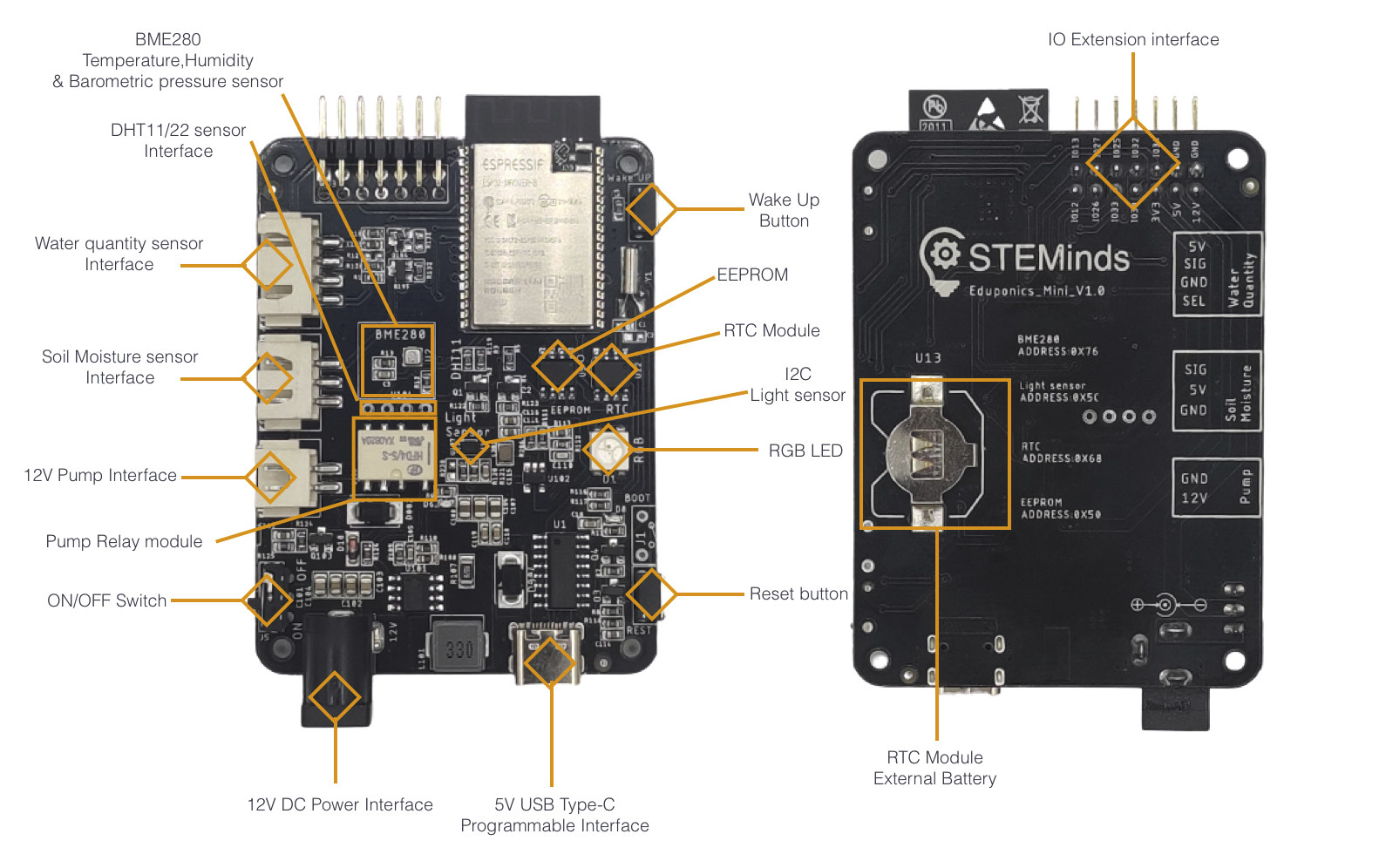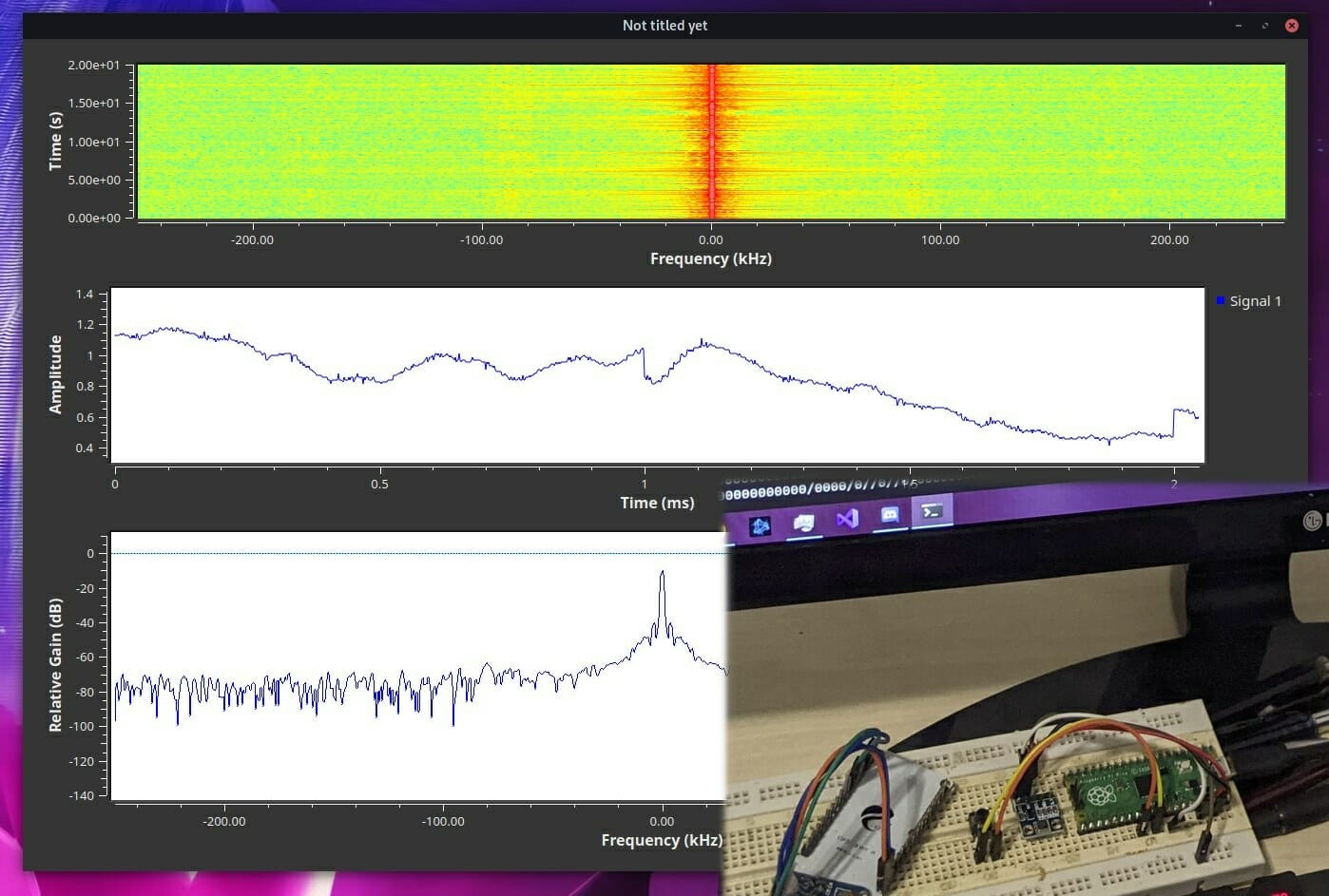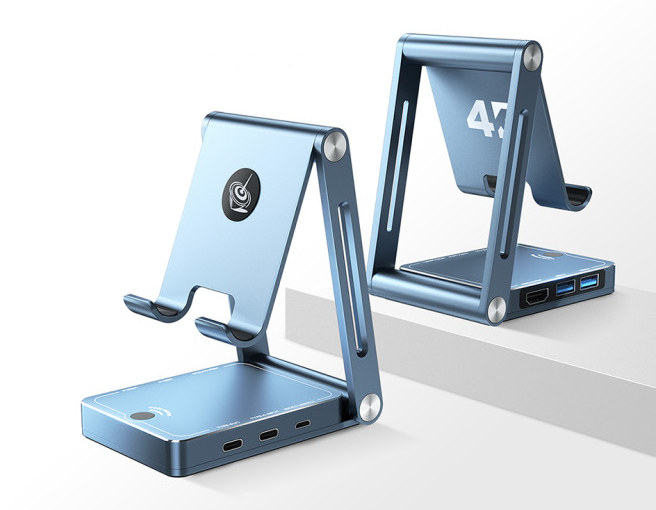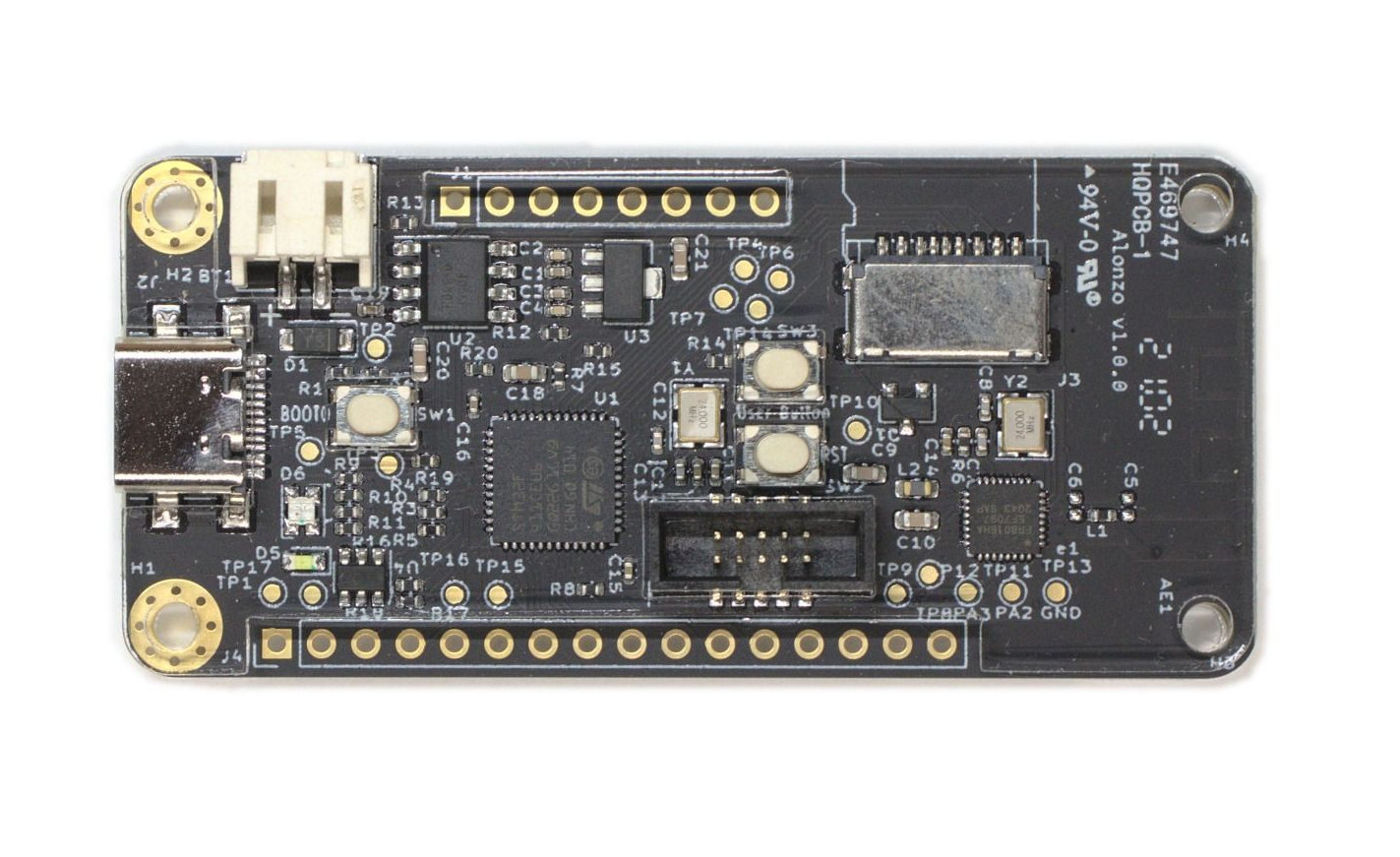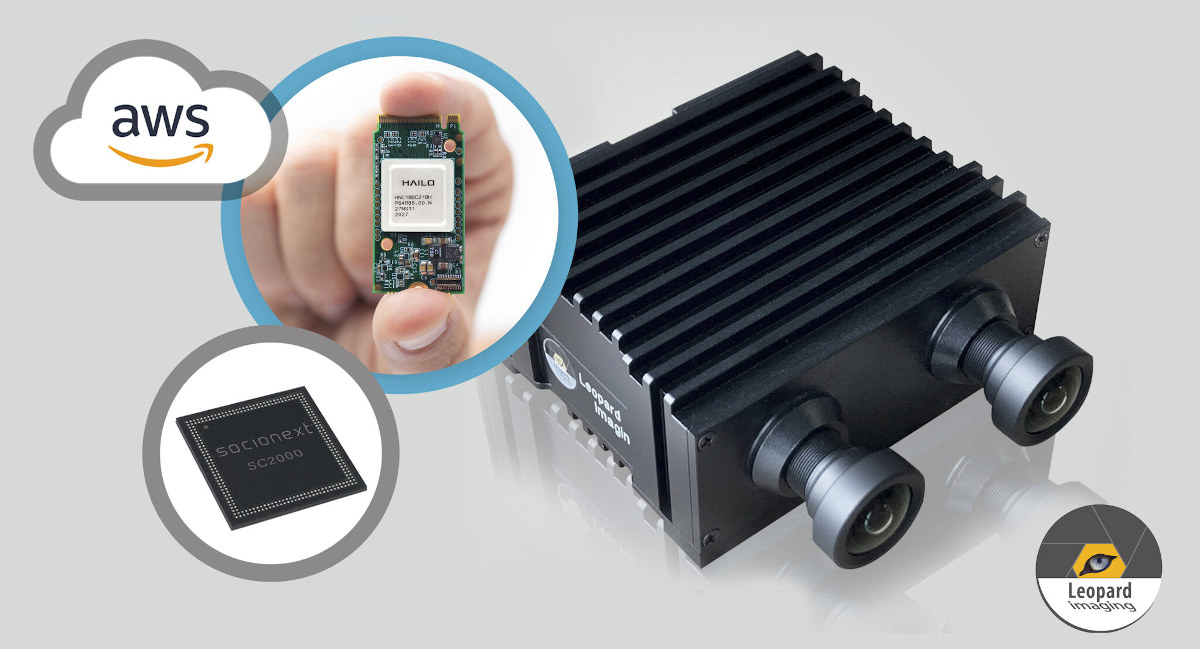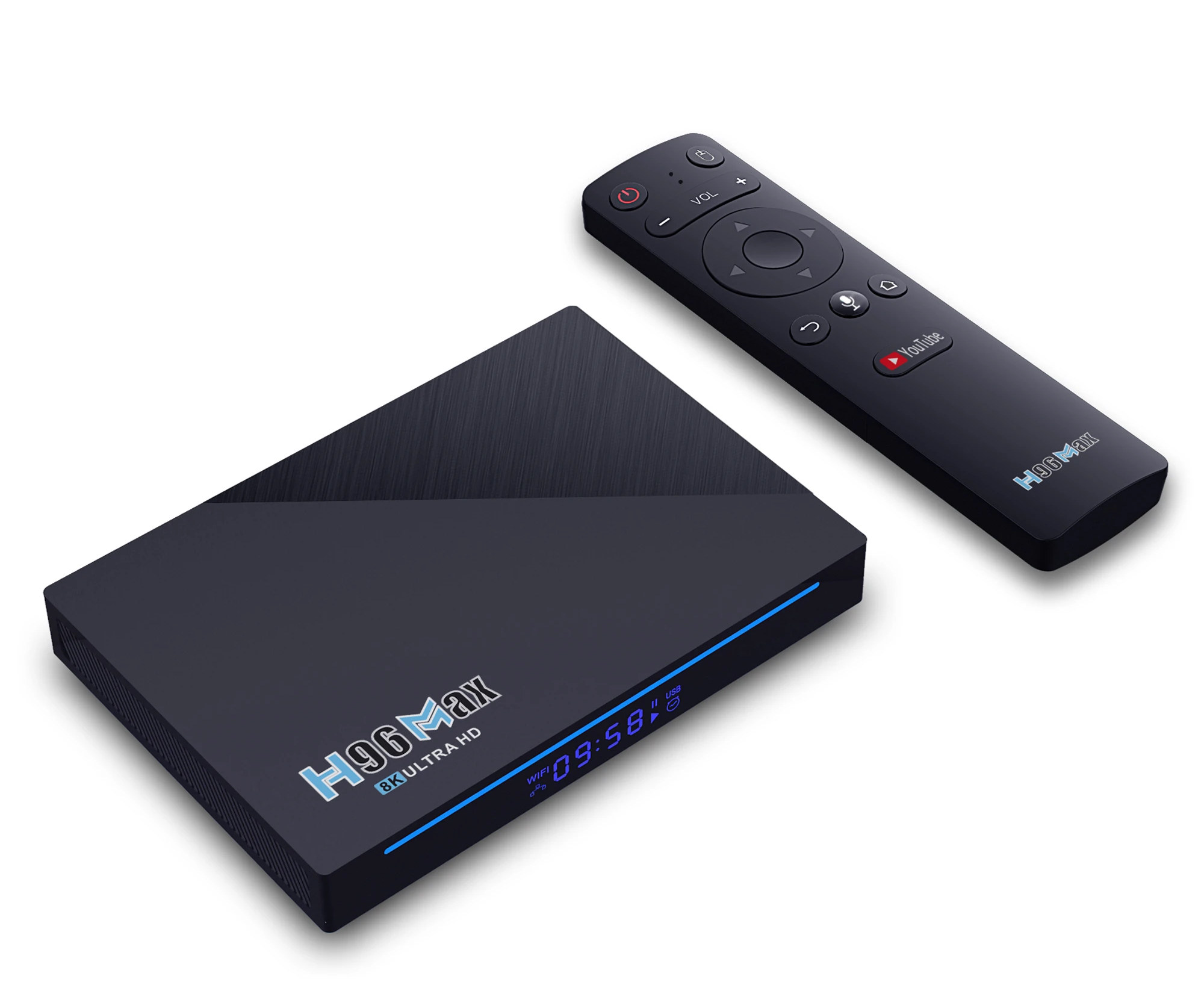Most Raspberry Pi enclosures are designed to protect your board from dust, provide easy access to ports, and in other cases, ease the installation of hard drives or SSDs. But Abstract Foundry’s LumiCube does much more, and just calling it a case or enclosure is an understatement, as while it does house a Raspberry Pi, it also comes with 192 programmable LEDs placed over 3 panels, a speaker, a microphone, as well as several optional motion & environmental sensors, and a small 2-inch LCD display. LumiCube specifications: Acrylic base 3x RGB LED panels with 64 programmable LEDs each Audio – 2W speaker and microphone Display (optional) – 2-inch 320×240 IPS screen for system parameters or other info (e.g. sensor data) or images. Note that it can now show the Raspberry Pi desktop Sensors (optional) – Light & gesture sensor, BME280 temperature, humidity and pressure sensor, BNO055 IMU (accelerator and tilt […]
ClearCore – An Arduino compatible Industrial I/O and Motion Controller
Teknic, a US-based manufacturer of servo motion control components, has designed ClearCore, a Microchip SAME53 Arm Cortex-M4 based industrial I/O and motion controller that can be programmed with the Arduino IDE for quick prototyping, or Atmel Studio 7 with a more advanced C++ API for more complex projects. ClearCore offers four motion axes, 24-volt compatible analog and digital I/O, support for I/O expansion modules, as well as serial and/or Ethernet connectivity via RJ45 ports. Multiple ClearCore can also be daisy-chained for larger applications. ClearCore key features and specifications: MCU – Microchip SAME53 Arm Cortex-M4F microcontroller clocked at up to 120 MHz, with 512 KB flash, 192 KB of SRAM Storage – MicroSD card slot Connectivity 1x 10/100M Fast Ethernet RJ45 port Support for Xbee modules for wireless communication (WiFi, Bluetooth, ZigBee, DigiMesh, 802.15.4, etc.) I/Os 2x RJ45 serial ports for SPI or UART devices (5V output) 3-pin terminal blocks with […]
Eduponics Mini is an ESP32-powered Smart Agriculture kit (crowdfunding)
One sector of the economy that should benefit the most from the Internet of Things is the agricultural sector, as environmental sensors are needed to optimize yields and also decrease costs with lower electricity and water usage. STEMinds Eduponics Mini Smart Agriculture kit is designed for this purpose. At the heart of the kit is an ESP32 board equipped with light, temperature, humidity, and barometric sensors, as well as interfaces to connect an external pump, a soil moisture sensor, a water quality sensor, and more environmental sensors. Eduponics Mini board specifications: Wireless module – ESP32-WROVER-B module with ESP32 Wi-Fi and Bluetooth SoC, 4MB QSPI flash, 8MB SPRAM, PCB antenna Built-in sensors BH1750 I2C light sensor BME280 I2C temperature, humidity, and barometric sensor Expansion 2-pin connector for 12V pump with built-in relay module 3-pin connector for soil moisture sensor or any other analog or digital device 4-pin connector for water quantity […]
PiccoloSDR – A Raspberry Pi Pico powered SDR working with GNU Radio
There’s a lot you can do with the tiny Raspberry Pi Pico board, but computer student and radio amateur Luigi Cruz decided to go a step further by making Raspberry Pico RP2040 board work as an SDR compatible with GNU Radio open-source toolkit. The PicoSDR PiccoloSDR project relies on one of the ADC pins from the Raspberry Pi Pico board to sample 8-bit data at around 500 ksps and makes the data available through TCP/IP (emulated via the RNDIS protocol) over the Full Speed USB interface at up to 12 Mbps. As Luis notes applications are limited due to the low bandwidth, but it’s still a fun project. You can see demos with a web-based tone generator, a PWM generator, and actual audio where we see the spectrum chart, scope plot, and FFT plot updated in real-time. He has not released the demo code “officially” just yet, but I can […]
Beelink Expand X USB dock turns your phone into a computer
Beelink is better known for its Intel mini PCs, so the first time I saw Beelink Expand X I thought it was a mini PC somehow fitted with a smartphone stand… But instead, it’s a USB dock for your mobile phone or tablet, that comes with a foldable stand to use your smartphone into a computer by connecting it to a monitor, USB keyboard & mouse, and maybe throw a USB hard drive in the mix to complete your setup. Beelink Expand X specifications: Video Output – 1x HDMI port up to 4K UHD resolution USB 1x USB Type -C input port to connect to the host device (data, video, audio) 1x USB Type-C port for power/charging 2x USB 2.0 host ports 1x micro USB port to connect a PC Mode switch button Foldable stand for smartphone or tablet Dimensions – 120mm (length folded) x 65 x 13 mm (Full […]
Use Scheme functional programming language with LambdaChip Alonzo STM32 board
Most MCU-based embedded systems come with firmware programmed with assembler, C, and/or C++. But as referenced in a paper published in 2000 entitled ” Point of view: Lisp as an alternative to Java“, functional programming languages like Lisp or Scheme may lead to shorter development times compared to C/C++ or Java. That’s with this idea in mind that LambdaChip was created. It is a lightweight, open-source virtual machine designed to run on embedded systems with limited resources, for instance, an 80MHz microcontroller with 50KB RAM, and programmable with Scheme multi-paradigm programming language, a dialect of Lisp widely used for functional programming research and teaching. The company behind the project, also called LambdaChip, has just created its own hardware with LambdaChip Alonzo, an STM32 Cortex-M4 development board with 512KB flash, 128KB RAM, and that also comes with Bluetooth LE connectivity. LambdaChip Alonzo board specifications: MCU – STMicro STM32F411CEU6 Arm Cortex-M4 MCU […]
Edge AI video processing system combines SocioNext SC2000 4K camera SoC with Hailo-8 AI accelerator
We’ve previously written about Hailo-8 AI accelerator delivering up to 26 TOPS at low power (3 TOPS per watt), and found in AI edge systems such as Foxconn BOXiedge server powered by a Socionext SynQuacer SC2A11 24x Cortex-A53 cores SoC and capable of analyzing up to 20 streaming camera feeds in real-time for video analytics. Leopard Imaging has now created a much more compact Edge AI processing solution with EdgeTuring based on Hailo-8 M.2 card and Socionext SC2000 4K camera SoC, and designed for low-power video analytics. EdgeTuring features and specifications: Camera SoC / Image Processor – Socionext SC2000 quad-core Cortex-A7 processor @ 650MHz with 4Kp30 H.265/H.264 encoder, up to 1.2 Gigapixel per second processing, LPDDR-3 memory (PoP) AI Module – Hailo-8 M.2 Module for up to 26 TOPS Camera Dual camera but only one sensor works for AI Sensors – 2x Sony IMX477 CMOS Image Sensor, diagonal 7.857 mm […]
The first Rockchip RK3566 TV box is out with H96 Max running Android 11
Rockchip RK3566 is a quad-core Cortex-A55 processor with plenty of peripherals designed for AIoT and NVR applications. While it still supports features like high-dynamic range or video post-processing, it’s not really optimized for TV boxes, but this has not stopped the maker of H96 Max “8K UltraHD” TV box to launch an RK3566 model with 4GB RAM and 8GB RAM now sold for respectively $59.99 and $76.99 on Banggood. H96 Max RK3566 TV box specifications: SoC – Rockchip RK3566 quad-core Cortex-A55 processor with Arm Mali-G52 EE GPU, 0.8 TOPS NPU/AI accelerator System Memory / Storage configuration 4GB DDR3, 32GB eMMC flash, and MicroSD card 8GB DDR3, 64GB eMMC flash, and MicroSD card Video Output – HDMI 2.0a up to 4Kp60 with 3D support, Video decoding 4Kp60 H.264/H.265/VP9 VC1 up to 1920 x 1080 @ 60fps MPEG-4 up to 1920 x 1080 @ 60fps HDR10 and HLG modes Audio – Optical […]


